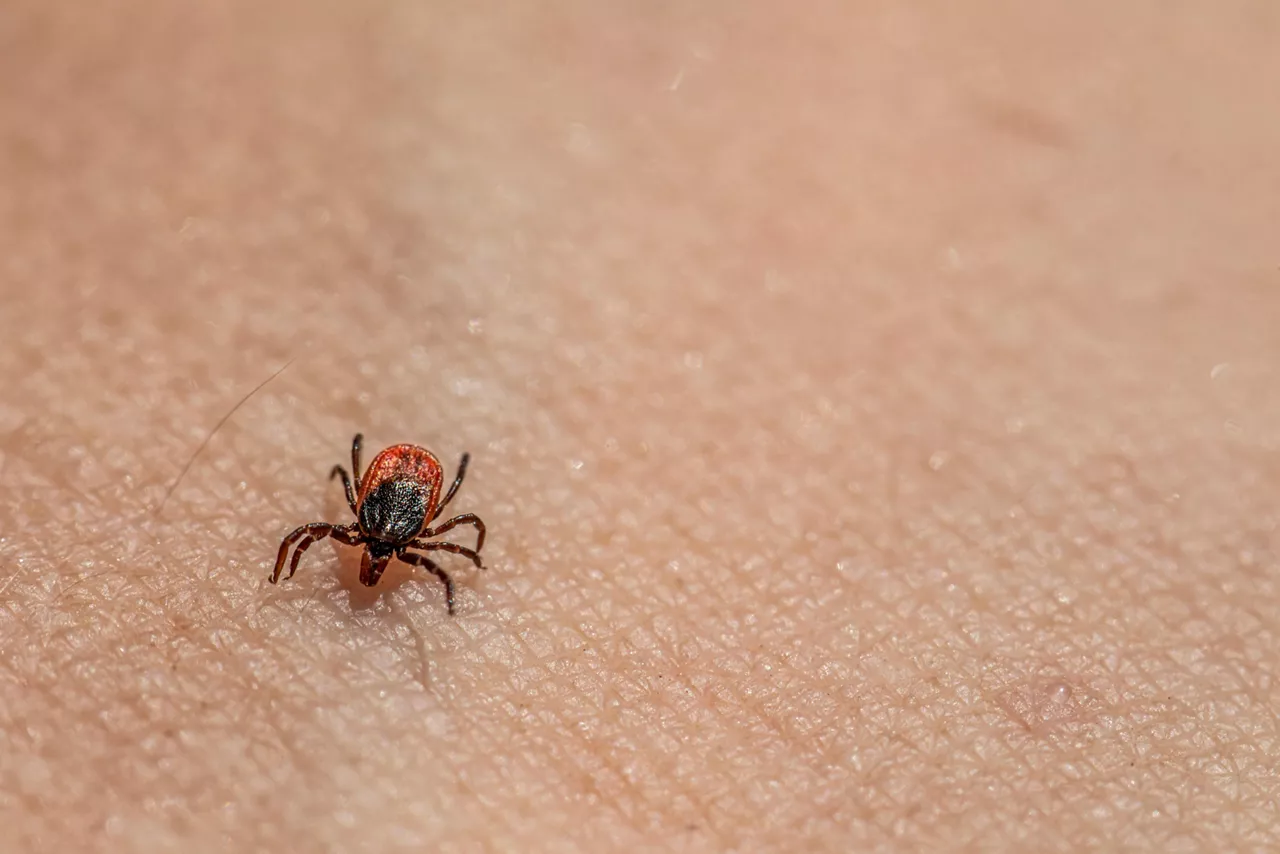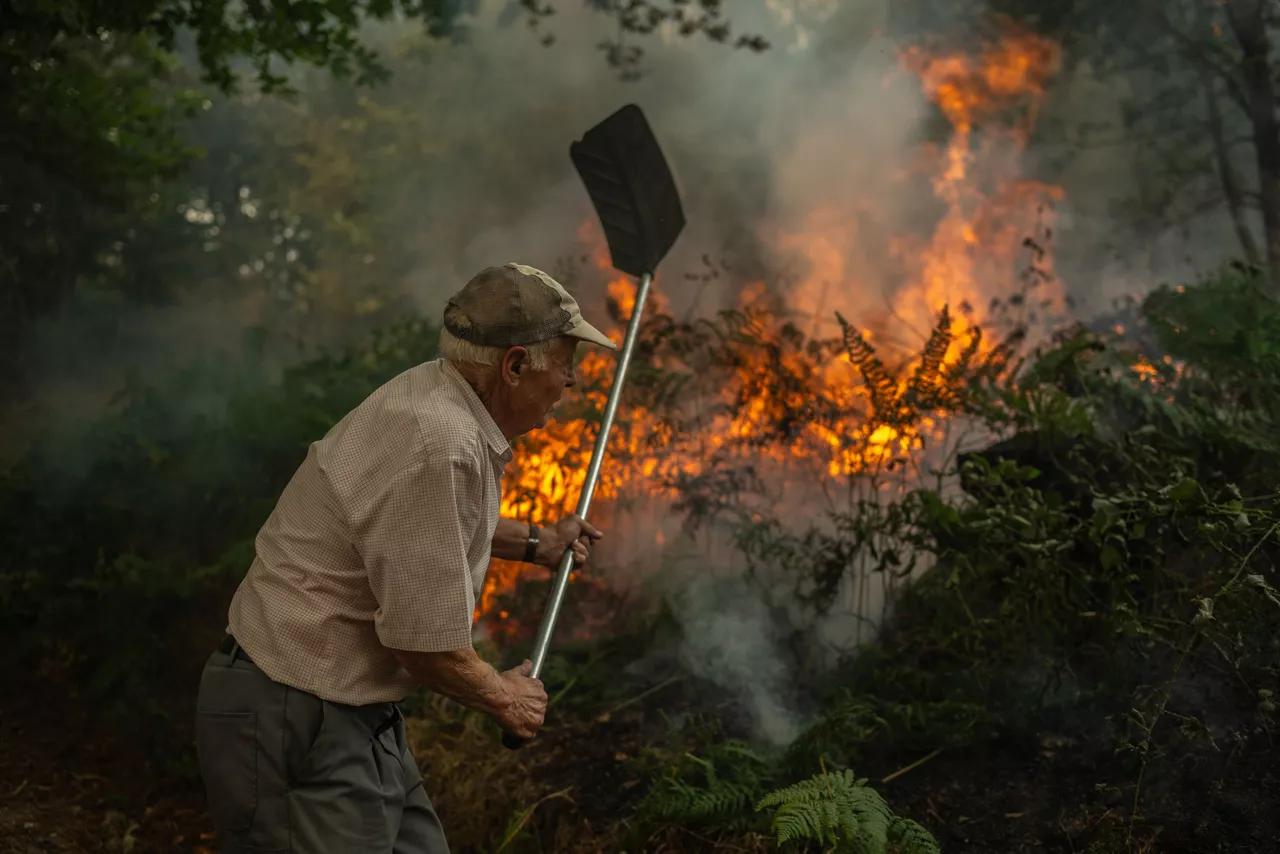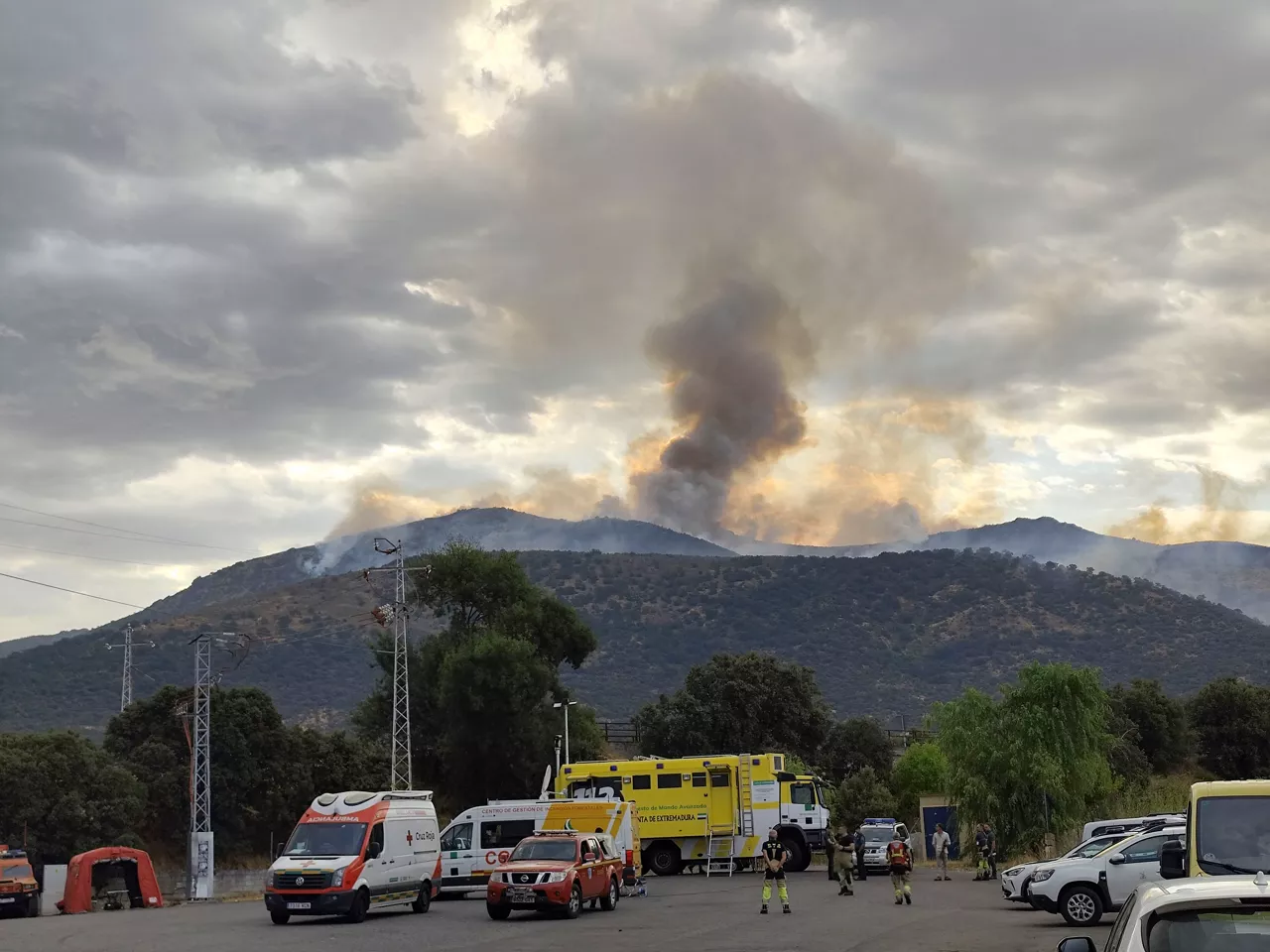Navarre has confirmed 11 cases of tularemia so far this year, seven of which have required hospitalization
In 2024, two cases were diagnosed, the most frequent in the valleys of Ultzama, Larraun and Iza. In four cases, patients touched the bodies of rodents and in four others, had a recentbiteof ticks . In 2025 more than 60 cases have been confirmed in the Spanish State.

In 2025, 11 cases of tularemia have been confirmed in Navarre, seven of which have required hospitalization. In 2024, two cases were diagnosed, and until then "it was only diagnosed sporadically (one in 2021 and one in 2023)", the Navarro Institute of Public and Labour Health reported in its epidemiological report.
He has specified that the valleys of Ultzama, Larraun and Iza have been the areas where the most cases have occurred, although they have also been detected in other parts of Navarre. In four cases the patients touched the bodies of rodents, while in four others the ticks were recently bitten.
The foral institution has explained that "the increase in cases in humans indicates the presence of tularemia in wild rodents. "By 2025, more than 60 cases have been confirmed in Spain.
Tularemia is produced by the Francisella tularensis bacteria, which infects rodents, rats, mice, landmice, wild rabbits, hares, squirrels and, to a lesser extent, other animals, such as river crabs .
Contagion and symptomatology
In humans, contagion is caused by rodents, river crabs, or tick bites or a0arthropods.
"It has not been transmitted from person to person. The infectious load is very low, so the contagion can occur as a result of small exposures. The incubation period is usually 2-5 days, but can be extended to 21 days, "explains the Navarre health organization.
There may be many symptoms, but fever and local adenopathies are common. Sometimes fever, skin or mucous ulcers, conjunctivitis, pneumonia or sepsis . Microbiological diagnosis can be done through PCR and serology of injuries or blood samples. The disease is cured with the appropriateantibiotic treatment .
Recommendations
In view of this situation, the Institute has issued recommendations to hunters, game manipulators, fishermen, farmers, hikers, hikers andpeople who are in rural areas, although they are addressed to all those who are occasionally exposed to the risks mentioned.
Thus, it calls for avoiding contact with dead rodents, patients, ulcers or those who do not have natural behavior, for the use of gloves and masks when the dead rodents are manipulated or removed, and for the use of protective clothing and repellent products to prevent insect or tick bites.
Other measures include avoiding unsanitary water consumption, protecting dust from rodents with gloves and masks, preventing children from touching dead animals, or using rubber gloves to skin and manipulate hares and wild rabbits.
Similarly, the foral institution has asked thatthe meat of hunting animals be "properly cooked" at 55 degrees for at least 5 minutes and has warned that freezing meat "does not deter tularemia".
More news about society

10,000 people have had to be evicted from their homes in the state because of the fires; Zamora, León and Ourense are being burned down
There are about 30 active fires, 14 of them serious, and eight autonomous communities are on flame alert. The Molezuelas de la Carballeda fire could be the largest recorded in the state since data was available.

Eneko Goia has made a "positive assessment" of the first days of the holidays and has encouraged citizens and visitors to continue enjoying Big Week
The mayor of Donostia-San Sebastián has stressed that there have been no "remarkable events," which he considers "good news." Eneko Goia has called for the big week to continue enjoying joy, good atmosphere and humor.

Bilbao City Council and Comparisons present their campaign against male, racist and LGTBIQphobic attacks for Big Week
Bilbao Mayor Juan Mari Aburto has called for the "commitment and shared responsibility" of institutions and citizens to live a Big Week without sexist, racist and LGTBIQphobic aggression.

Many high-risk forest fires remain out of control in Spain
Dozens of forest fires continue to hit several points in Spain, and thousands of hectares have already been burned. Firefighters are facing a new day of fire this Wednesday, and the main spotlights are in Ourense, León and Zamora.
Five people have been imprisoned in San Sebastian for beating up a person to steal from him
The events took place at 7:30 on Sunday at the Egia Pass, in the vicinity of the bus station in the capital of Guipuzcoana, when five people attacked another to steal from him. The judge has ordered the five to be imprisoned.

The Irun City Council is working on Operation Return, which will speed up road traffic in the city
The City Council launched its action plan last Thursday, the main objective of which is to give priority to access to local vehicles trying to reach Irun.

Arabako Foru Aldundiak Gorbeiako jarduerak murriztuko ditu oreinen orroaldi garaian, irailaren 8tik urriaren 10era
Debekatuta egongo da ibilgailuen trafiko osoa, zuraren, egurraren, larreen, luberritzeen edo baimendutako ikerketa zientifikoen aprobetxamenduekin lotutako berariazko baimena duten kasuetan izan ezik.

The burning fires in Spain have caused thousands of people to be evicted
The situation is worrying in the Spanish State, where there are many fires. In the last few hours more than 7,000 people have spent the night away from home and two people have died as a result of the fires, one in Madrid and one in León.

More than half of forest fires are intentional
In the last few hours, a number of people have been arrested as being responsible for various forest fires, such as a fireman in Ávila who reportedly burned more than 2,200 hectares of to get a job.

